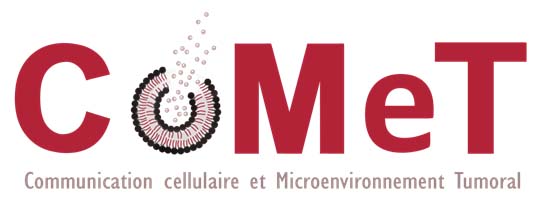Abstract: Serotonin (5-hydroxytryptamine, 5-HT) is a biogenic monoamine acting as a neurotransmit-
ter in the central nervous system (CNS), local mediator in the gut, and vasoactive agent in the blood.
It has been linked to a variety of CNS functions and is implicated in many CNS and psychiatric
disorders. The high comorbidity between some neuropathies can be partially understood by the
fact that these diseases share a common etiology involving the serotoninergic system. In addition
to its well-known functions, serotonin has been shown to be a mitogenic factor for a wide range of
normal and tumor cells, including glioma cells, in vitro. The developing CNS of fetus and newborn
is particularly susceptible to the deleterious effects of neurotoxic substances in our environment,
and perinatal exposure could result in the later development of diseases, a hypothesis known as the
developmental origin of health and disease. Some of these substances affect the serotoninergic system
and could therefore be the source of a silent pandemic of neurodevelopmental toxicity. This review
presents the available data that are contributing to the appreciation of the effects of the exposome
on the serotoninergic system and their potential link with brain pathologies (neurodevelopmental,
neurodegenerative, neurobehavioral disorders, and glioblastoma).
Keywords: brain; glioblastoma; neurobehavioral disorders; neurodegenerative disorders; neurode-
velopmental disorders; pesticides; pollutants; serotonin
Sarrouilhe et al., Biomedicines. 2021 Sep 29;9(10):1351

